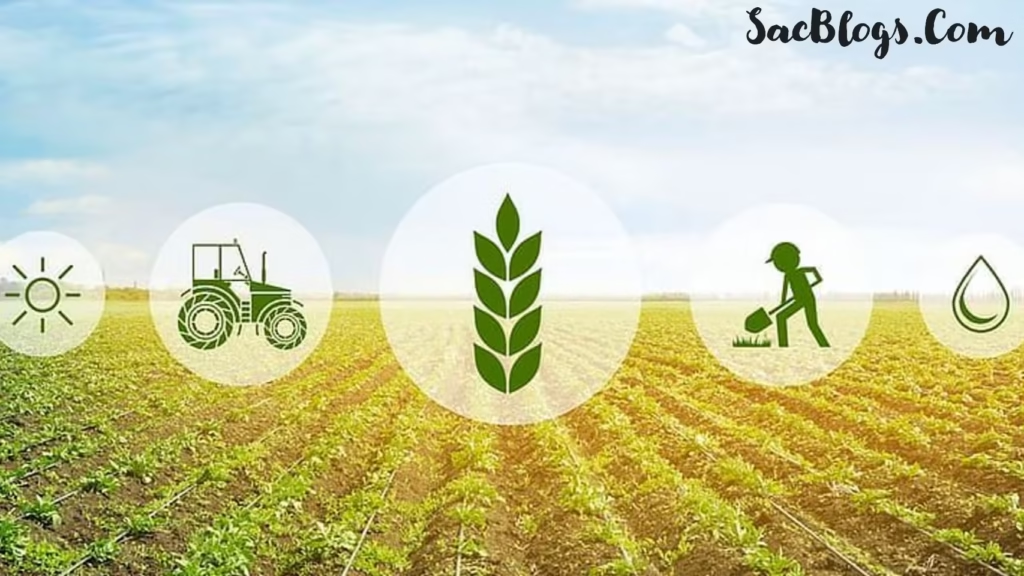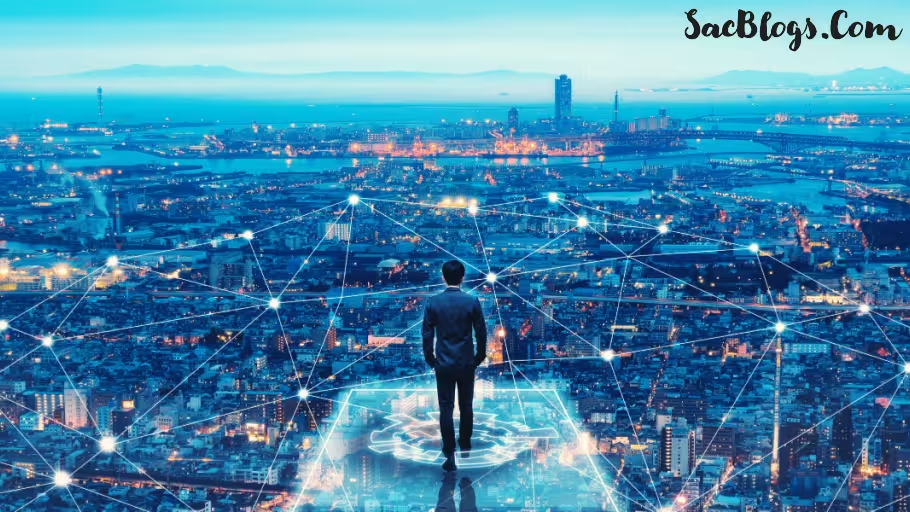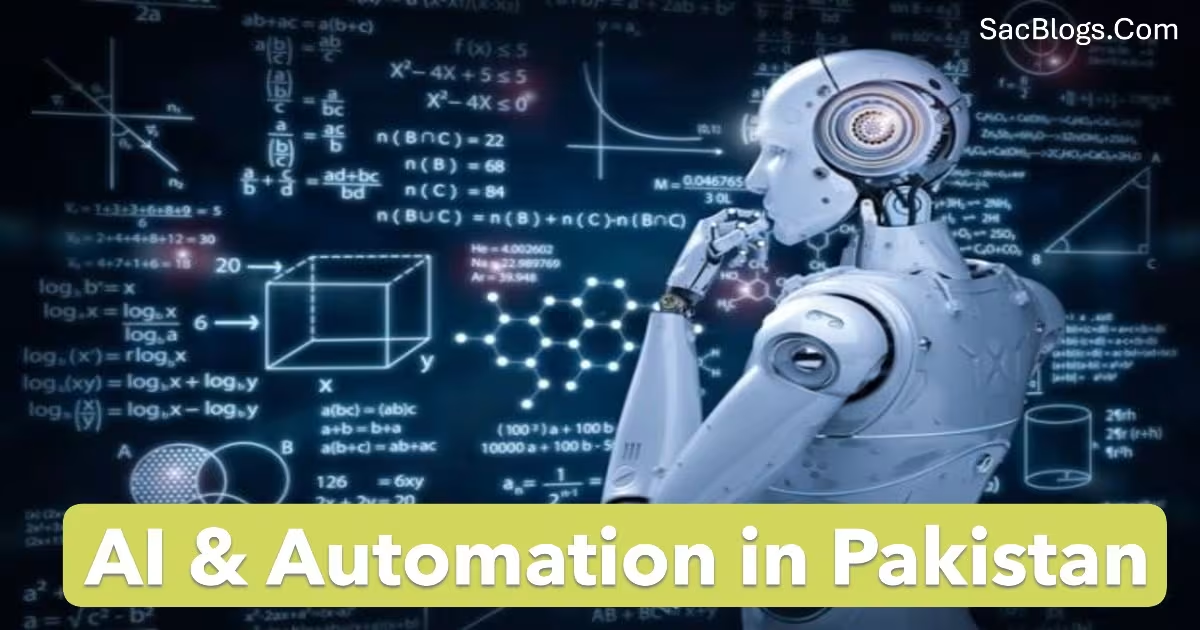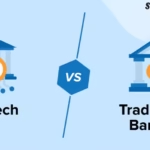The artificial intelligence AI and automation revolution is rapidly transforming global economies, and Pakistan is no exception. With a youthful population, increasing digital penetration, and ambitious government policies, the country stands at a critical juncture. The integration of AI and automation in Pakistan is not just a technological shift but a transformative force reshaping industries, workforce dynamics, and economic trajectories. This article explores how these technologies are influencing the future of work, highlighting both opportunities and challenges, and examining the strategies needed to ensure inclusive and sustainable growth.
Table of Contents
The Current Landscape of AI and Automation in Pakistan
Pakistan’s journey toward AI-driven transformation is gaining momentum. The recent approval of the National AI Policy 2025 marks a significant milestone, reflecting the government’s commitment to harnessing technology for economic development . This policy aims to position Pakistan as a knowledge-based economy by promoting innovation, building infrastructure, and ensuring ethical AI use. Alongside policy initiatives, the private sector is playing a pivotal role. Companies like Systems Limited, 10Pearls, and VentureDive are developing cutting-edge AI solutions for sectors ranging from healthcare to finance, showcasing the potential of homegrown talent .
However, the adoption of AI and automation is uneven across industries. While sectors like fintech and e-commerce are rapidly integrating these technologies, traditional industries such as agriculture and manufacturing are lagging. This disparity underscores the need for targeted efforts to ensure that the benefits of automation are widely distributed.
Economic Impact: Job Displacement vs. Job Creation
⚠️ The Threat of Job Displacement
Automation poses a significant risk to jobs that involve repetitive and manual tasks. Reports indicate that around 17% of jobs in Pakistan are at high risk of automation, with sectors like manufacturing, retail, and agriculture being particularly vulnerable . For example:
- Manufacturing: The introduction of robotics and AI-powered production lines could reduce factory jobs by 25% to 40% over the next decade, especially in textiles and automobile manufacturing .
- Retail: AI-powered self-checkout systems and e-commerce platforms are reducing the demand for traditional retail workers.
- Agriculture: Automation through drones and AI-driven irrigation systems could diminish the need for manual labor, affecting rural livelihoods .
A study by the World Economic Forum estimates that up to 1.2 million jobs could be displaced by 2030 if automation continues at its current pace without adequate workforce planning .
💡 New Opportunities and Job Creation
Despite these challenges, AI and automation are also creating new opportunities. The demand for skilled professionals in AI development, data science, robotics, and cybersecurity is rising. Currently, around 15,000 professionals are working in AI-related fields in Pakistan, and this number is expected to grow significantly . Emerging roles include:
- AI and Data Science: Data analysts, AI engineers, and machine learning specialists are increasingly sought after.
- Robotics and Automation Engineering: Professionals skilled in designing and maintaining automated systems are in high demand.
- Freelancing: Pakistan is one of the world’s top freelancing hubs, with many offering AI-driven services like chatbots and data analysis to international clients .

| Sector | Jobs at Risk | Emerging Opportunities |
|---|---|---|
| Manufacturing | 25-40% reduction in factory jobs | Robotics engineers, automation specialists |
| Retail | Decline in traditional retail roles | E-commerce managers, AI system developers |
| Agriculture | Reduced need for manual labor | AgriTech specialists, drone operators |
| General | 1.2 million jobs displaced by 2030 | 1 million AI professionals trained by 2030 |
Sectoral Transformations Driven by AI and Automation
🏭 Manufacturing and Industry 4.0
The manufacturing sector is undergoing a profound transformation with the adoption of smart manufacturing technologies. AI-driven machines and robotics are enhancing productivity while minimizing human intervention. This shift is crucial for Pakistan to remain competitive in global markets, particularly in textiles and automobiles .
🌾 Agriculture and Agri Tech
Agriculture, the backbone of Pakistan’s economy, is being revolutionized by AI. Innovations such as AI-driven irrigation systems, drones, and predictive analytics are helping farmers boost crop yields and reduce losses. Startups like Tazah and Crop2X are at the forefront of this transformation, developing solutions tailored to local needs .
🏥 Healthcare and Telemedicine
AI is poised to revolutionize healthcare in Pakistan by improving diagnostics, treatment planning, and patient monitoring. For example, AI-powered tools can detect diseases like eclampsia more accurately than traditional methods, though adoption has been slow due to regulatory challenges . Telemedicine platforms like Sehat Kahani are using AI to provide predictive health services, making healthcare more accessible, especially in rural areas .
📚 Education and Skill Development
The education sector is critical for preparing the workforce for an AI-driven economy. Universities and technical institutes are introducing AI and data science programs to equip students with relevant skills. Initiatives like the Uraan AI Techathon aim to mobilize youth to solve real-world problems using AI, fostering innovation and skill development .

Policy Initiatives and Government Role
The National AI Policy 2025 is a cornerstone of Pakistan’s strategy to harness AI for economic growth. Key initiatives include:
- Training 1 million AI professionals by 2030, with a focus on including women and underserved regions .
- Establishing AI Innovation and Venture Funds to support startups and research .
- Launching 50,000 AI-driven public service projects to improve governance and service delivery .
The policy also emphasizes ethical AI use, data protection, and international collaboration, ensuring that Pakistan’s AI ecosystem aligns with global standards .
| Goal | Target | Timeline |
|---|---|---|
| AI Talent Development | Train 1 million AI professionals | By 2030 |
| AI-Driven Public Services | Launch 50,000 projects | Over 5 years |
| Local AI Solutions | Develop 1,000 homegrown AI products | Over 5 years |
| Research and Scholarships | Fund 1,000 research projects annually | Ongoing |
Challenges and Barriers to Implementation
📉 Infrastructure and Digital Divide
Pakistan faces significant infrastructure gaps, including limited access to high-performance computing and uneven internet connectivity. Only 43.51% of users had access to 3G and 4G devices as of 2021, and smartphone penetration remains low, especially in rural areas . This digital divide could exacerbate existing inequalities, leaving marginalized communities behind.
👩🎓 Gender Disparities
Women are underrepresented in STEM fields, comprising only 10% of the workforce in these areas. Additionally, cultural and socio-economic barriers limit women’s access to digital tools and training . Addressing these disparities is crucial for ensuring that the benefits of AI are inclusive.
⚖️ Ethical and Regulatory Concerns
AI adoption raises ethical concerns, including biases in algorithms and data privacy issues. For example, AI-driven recruitment tools have shown biases against women, highlighting the need for diverse and inclusive datasets . The National AI Policy 2025 addresses these concerns by emphasizing ethical AI and data protection, but implementation remains a challenge .
💰 Funding and Resource Allocation
While the government has committed to investing in AI, sustaining funding for initiatives like training programs and research projects will be critical. Early critiques of the AI policy warned that Pakistan might be overreaching without clear priorities and adequate resources .
The Future of Work : Preparing for an AI-Driven Economy
🔮 Skills for the Future
To thrive in an AI-driven economy, workers need to develop skills that are complementary to automation. These include:
- Technical Skills: Data analysis, machine learning, and programming.
- Soft Skills: Creativity, critical thinking, and emotional intelligence.
- Digital Literacy: Basic proficiency in using digital tools and platforms.
🏫 Role of Educational Institutions
Universities and training institutes must revise their curricula to include AI and related fields. Programs like coding bootcamps and hackathons can provide practical experience, while online platforms can offer flexible learning options .
🤝 Public-Private Partnerships
Collaboration between the government, private sector, and academia is essential for driving innovation and skill development. Initiatives like the National Incubation Centers (NICs) are already fostering entrepreneurship and supporting AI startups .
🌍 Global Collaboration
Pakistan can benefit from international partnerships in AI research and development. Collaborations with global institutions can facilitate knowledge transfer and ensure that Pakistan stays abreast of global trends .

Read Also: iPhone 17: Features, Colors & Price – A Full Breakdown of All Models
Frequently Asked Questions – FAQs
How is AI impacting employment in Pakistan?
AI is both displacing and creating jobs. While automation threatens roles in manufacturing, retail, and agriculture, it is also generating new opportunities in AI development, data science, and cybersecurity. The net impact depends on how well Pakistan prepares its workforce for this transition .
What is Pakistan’s National AI Policy 2025?
The National AI Policy 2025 is a government initiative aimed at harnessing AI for economic growth and social good. It includes goals like training 1 million AI professionals, supporting AI startups, and launching AI-driven public service projects .
Which sectors in Pakistan are benefiting the most from AI?
Sectors like healthcare, agriculture, finance, and e-commerce are witnessing significant benefits from AI. For example, AI is improving diagnostics in healthcare and optimizing crop yields in agriculture .
What are the challenges faced by women in Pakistan’s AI sector?
Women face barriers like limited access to digital tools, underrepresentation in STEM fields, and biases in AI algorithms. Efforts are needed to provide targeted training and ensure inclusive participation .
How is Pakistan addressing the ethical concerns related to AI?
The National AI Policy 2025 emphasizes ethical AI use, data protection, and transparency. However, implementing these principles remains a challenge .
What role do startups play in Pakistan’s AI ecosystem?
Startups are driving innovation in AI, particularly in sectors like AgriTech, healthcare, and fintech. They are developing solutions tailored to local problems and attracting investment from both domestic and international sources .
How can Pakistan ensure inclusive growth in the AI era?
Inclusive growth requires addressing infrastructure gaps, providing targeted training for marginalized groups, and ensuring that AI benefits are distributed across all regions and sectors .
Conclusion
The rise of AI and automation in Pakistan presents a dual challenge of job displacement and unprecedented opportunity. While certain sectors face disruption, the potential for economic growth, innovation, and improved public services is immense. Success hinges on effective implementation of policies like the National AI Policy 2025, investment in education and infrastructure, and a commitment to ethical and inclusive AI adoption. By embracing these technologies thoughtfully, Pakistan can not only navigate the future of work but also emerge as a leader in the global AI landscape. The time to act is now—to build a future where technology serves as a catalyst for prosperity and equity.







1 thought on “AI and Automation in Pakistan – How Technology is Reshaping the Future of Work”